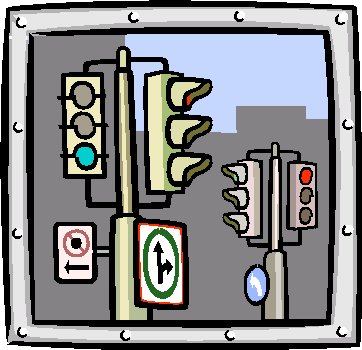
It has been generally acknowledged in the O.R. that I have studied that implementing O.R. needs to recognise the psychology of the eventual user. There are numerous anecdotes and O.R. legends about this. The problem of elevators in the New York skyscraper is one of the oldest.
Office workers complained about the time they had to wait for elevators, so an O.R. team was asked to try and find an appropriate solution.
Various models were built in the investigation. These considered having more elevators, faster elevators, elevators that only stopped at particular floors. All were deemed insufficient.
Then the psychologist on the team proposed that there be full-length mirrors in the lobbies between the doors of the elevators. His argument was that these mirrors would reduce the perceived time of waiting; some people could arrange their clothing and check their hair; others could surreptitiously watch their fellow workers in the mirror. (The original story was sexist; this is the PC version.)
Result: no more complaints. The solution cost very little.
The same solution approach explains why you have magazines in waiting rooms, and automated advertising screens in bank and other queues. (Does anyone know of an airport where the queues are entertained by such screens? In those that I have visited, the queues have to watch endless reminders about what cannot be taken through security, or how to prepare for security.) And it also partly explains the popularity of glass-walled lifts, where there is something to watch while you are travelling.
(By the way, some statistics show that elevators are the safest form of transport in terms of deaths per passenger mile.)

Many years later, I came across a note about differing national psychologies. We were discussing the optimal timing of the red phase on traffic lights at a junction such as a cross roads. In heavy traffic, the throughput is maximised by having very long phases. The constraint is psychological; if the lights do not turn from red to green, those waiting at the red light start to become impatient. My informant suggested that two minutes was the limit in the UK, nearly three in the USA, and in Japan, the patient Japanese motorist only started to fret after four minutes. I'd be interested in knowing the basis for this.
No comments:
Post a Comment